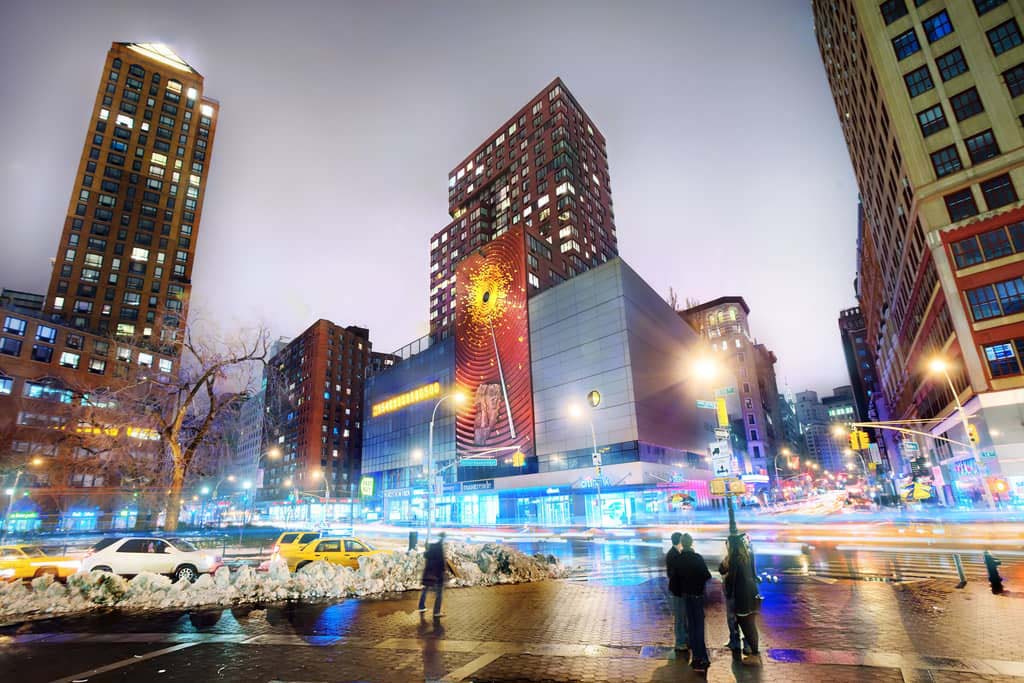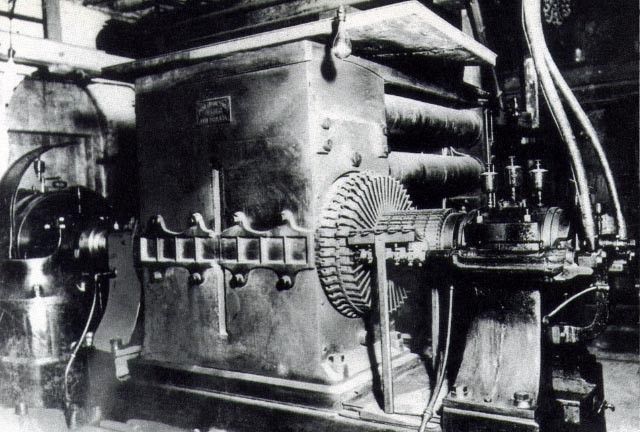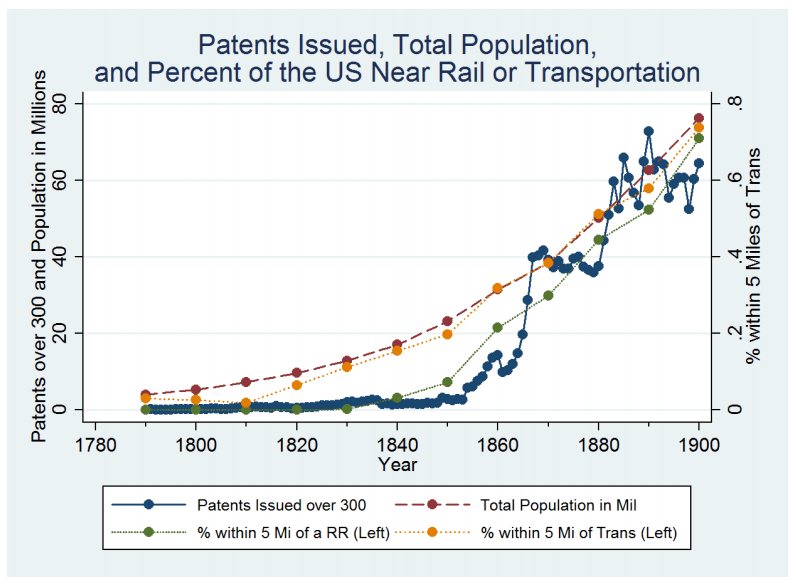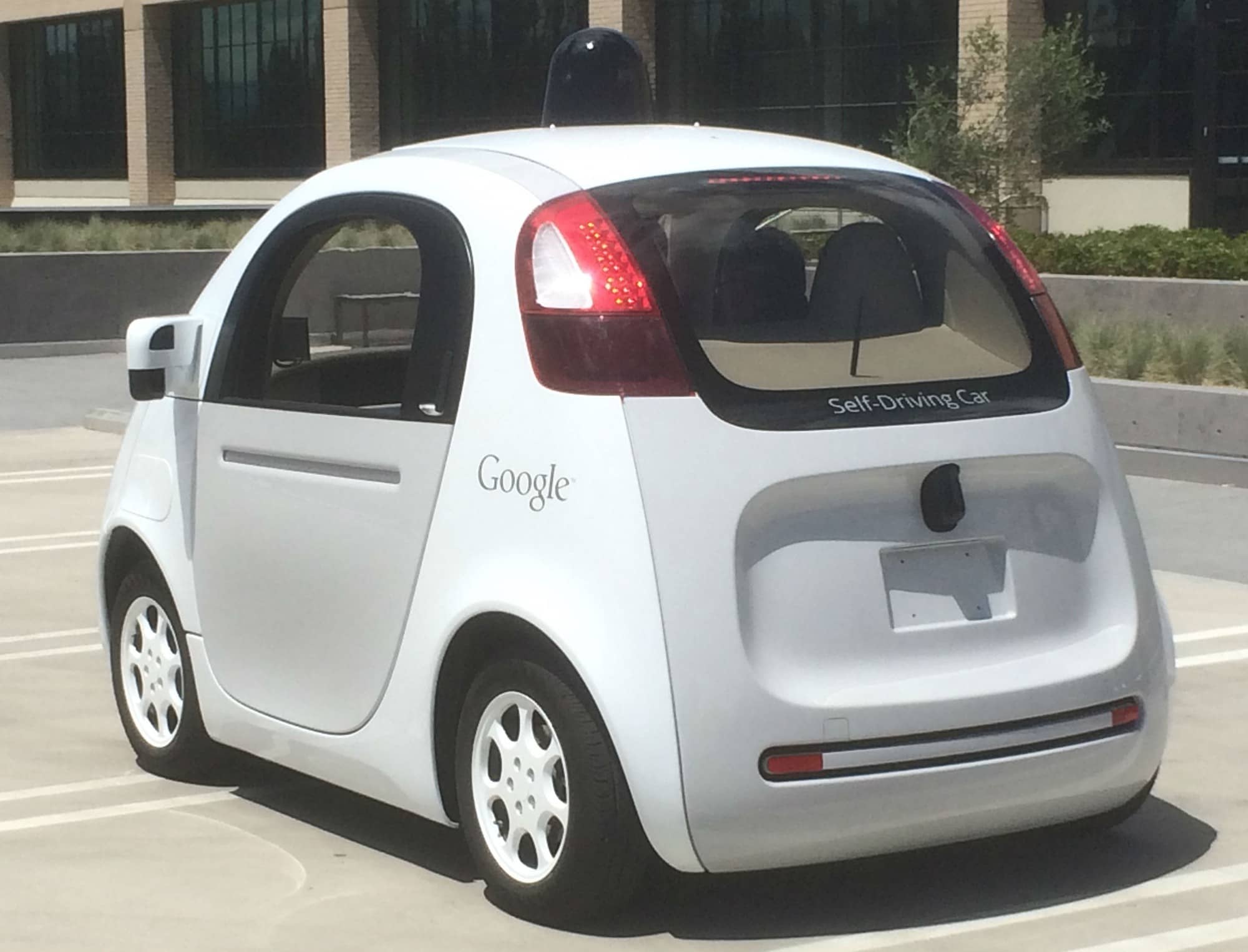Archives
Innovation, cities, and the optimistic case for economic growth in the digital age
A review of Robert Gordon's new book, "The Rise and Fall of American Growth."
By Eric Jaffe

Techno-optimists take it on the chin pretty hard from Northwestern economist Robert Gordon in his bestselling new book, The Rise and Fall of American Growth. Spoiler alert (the book is the size of a cruiseship anchor --- you're welcome): Gordon believes the great innovations of the digital era don't live up to the major technological shifts that transformed life and drove economic growth during the past 200 years. This view holds that computing advances since the 1970s have already achieved their peak impact and therefore promise few great leaps for the future:
Our central thesis is that some inventions are more important than others, and that the revolutionary century after the Civil War was made possible by a unique clustering, in the late nineteenth century, of what we will call the "Great Inventions."
This leads directly to the second big idea: that economic growth since 1970 has been simultaneously dazzling and disappointing. This paradox is resolved when we recognize that advances since 1970 have tended to be channeled into a narrow sphere of human activity having to do with entertainment, communications, and the collection and processing of information.
Gordon's book has been celebrated by top economic minds, and such a herculean scholarly effort deserves all the high praise and short lists it's sure to receive. But his outlook on the digital age has earned as many skeptics as sympathizers, and nowhere does it miss the forest for the trees more than the potential impact of information technology on city life. If there's a common theme among the previous revolutions touted by Gordon, it's that these forces of innovation played out most powerfully in cities, and yet there's no discussion of whether an urban-tech convergence has truly occurred in the digital age.
Nor of what it would mean for the future if it does.
Consider first the broad patterns of previous technological upheavals.
Few Americans lived in cities when the innovations that would launch the first industrial revolution began to develop, circa 1770--1820. Steam engines (along with trains and telegrams) sped the pace of life and business during the next 50 years, and the promise of higher wages in factory industries led "millions of farm workers to lay down their plows and move to the cities," writes Gordon. By 1870 a quarter of the U.S. population lived in urban areas, and the country stood poised for economic domination.

The full productivity gains from Thomas Edison’s first electrical power plant, on Pearl Street in New York City, took decades to emerge.
(Wiki Commons)
The inventions that would carry the next two big tech revolutions --- namely, electricity and the combustion engine --- followed a similar path. The Civil War days seemed positively medieval against the likes of indoor lighting, followed by mass automobility, that emerged in the next 50 years. By 1970, with unprecedented rates of productivity in the books, nearly three quarters of the U.S. lived in cities. Bright skyscrapers and suburban highways both reflected and compounded the country's riches.
These "great" inventions aside, Gordon also lists a number of critical "subinventions" that he says served as "fundamental drivers of productivity" during America's 20th century economic leap. Electricity powered elevators, electric streetcars, elevated trains, underground subways; cars motored supermarkets and single-family developments; consumer appliances and home goods buzzed courtesy of both. It's clear, at a glance, how these secondary advances echo the theme of the primary ones:
They're inextricably bound up in the evolution of urban life.
Gordon, like others before him, dismisses urbanization as the core engine of economic progress, suggesting it complements rather than leads innovation and technological change. But that conclusion is far from a given, and it undersells the greater impact.
The urban economist Paul Bairoch once argued that cities have played "a leading role in the origins of technological innovations" since at least the first industrial revolution. More recent research has shown that urban life undeniably functions as a sort of hyper-charged accelerator program when it comes into contact with great inventions. Luís Bettencourt, Geoffrey West, and others at the Santa Fe Institute have found that innovation far outpaces population growth in big cities. In modern times that means more patents and creativity; in ancient ones it meant more spectacular monuments.

Urban interactions created by new rail access gave rise to greater patent activity during the 19th century, according to new work from Boston University economist Elisabeth Ruth Perlman.
(Perlman, 2016)
The source of this superlinear growth, quite simply, is the city's people. More consumers provide extra room for entrepreneurial risk. More colleagues mean a freer trade of information and a greater chance for specialization. More competitors create new chances to steal, adapt, and improve someone else's idea. Economists refer to the benefits of scaling that occur when lots of people cluster in one place as "agglomeration." So we see, in one recent study, that new railroad access historically gave rise to new inventions by "forming a nexus" of local exchange.
In other words, when you mix innovation and cities, you can expect more from both. Which brings us back to question of whether the digital age has truly mixed with the urban environment. Another spoiler alert: it hasn't.
It wasn't hard for factories and smoke stacks to settle down in America's raw cities during the first industrial revolution. (In hindsight, given how pollution and disease soared, it was too easy.) Meanwhile, government gave big boosts to subsequent urban-tech inventions. Massive capital investments in machinery led to postwar production methods that improved washing machines, stoves, refrigerators, and other suburban home goods. And federal highway aid, later followed by interstate funding, expanded the road networks that expanded metro area job markets (as well as sprawl).
Which is to say the conditions for urban-tech integration were relatively favorable in the past --- and even these advances unfolded over many decades. Today cities are largely built-up, and government funding is hard to come by. Any overlap of technology and urban life now requires the private and public sectors to work together in new ways, despite their respective frustrations and suspicions. The result is that big changes take even longer --- or, too often, don't happen at all.

Private actors and public agencies have been slow to coordinate on transit apps.
(MTA / Flickr)
Take arguably the greatest urban transit innovation of the past decade: the smartphone. It's possible to use the silicon chips in everyone's pockets to create a more responsive mobility network --- one that understands rider demand and service supply so well that it can adapt on the fly. There's a massive subway delay: let's run an extra bus here and resupply bike-share docks there. Such efficiency means combining the data analytics that companies perform so well with the existing vehicle fleets that cities already own and operate.
But instead of cooperating on this sort of seamless system, private actors and public agencies to date have built disconnected apps and engaged in turf wars. "Cities will only see real gains when they build an integrated system that makes travel as accessible and inexpensive to as many people as possible," the urban planning scholar Elliott Sclar of Columbia University told CityLab's Future of Transportation series back in 2014. "That takes public leadership and vision, and hopefully someone is up to the task."
That cities still haven't seen these gains seems less about the failures of digital technology itself, as Gordon might contend, than those of an integrated urban-tech vision.
Ultimately, writes economist Tyler Cowen in a Foreign Affairs review that challenges the book's techno-pessimism, "Gordon's argument for why productivity won't grow quickly in the future is simply that he can't think of what might create those gains."
In other words, The Rise and Fall of American Growth is heavy on forecasts but light on foresight. Amid the doom there's no sense that finding new ways to bridge the digital-city divide could create huge gains in housing, mobility, and energy. This general failure comes through most clearly when Gordon considers the "minor" invention of driverless cars. He downplays the advantages of safety, in-car activities, parking reallocation, and shared mobility as mere "quality of life" perks that won't impact productivity growth.
Gordon looks ahead and sees a slightly better cab ride. That's a tough position to defend from a strictly economic lens. The hidden social cost of human driving --- tallying up things like lives lost to crashes, productivity lost to traffic, and health lost to air pollution --- has been estimated at $3.3 trillion a year. The ability to redesign prime city land in the absence of parking garages and gas stations means more room for businesses and residents. The time saved with mobility as a service will functionally extend the day.

The transformative potential of autonomous vehicles goes far beyond a better cab ride.
(Eric Jaffe)
Gordon should be aware of such oversights. He cites a great example of them when referencing the work of Stanford economist Paul A. David. In explaining why even the advent of electric power took four decades to reach its full economic impact, David has noted how some of its major contributions to economic welfare "remained largely uncaptured" by conventional productivity measures --- specifically, things like the faster trips and shorter wait times created by electric streetcars and subways, the same promises made by driverless cars.
Of course autonomous vehicles are just one of many digital-age advances that could fundamentally transform cities, along with ubiquitous connectivity, real-time sensor networks, and others. Some of these impacts are hard to imagine but nonetheless profound. Those parts of the city once choked by traffic and parking, for instance, can be rededicated as parks and plazas --- filled now with shared ideas and fresh exchange instead of shrill horns and thick exhaust. And history tells us what happens when city people come together in public places.
In a word, innovation.